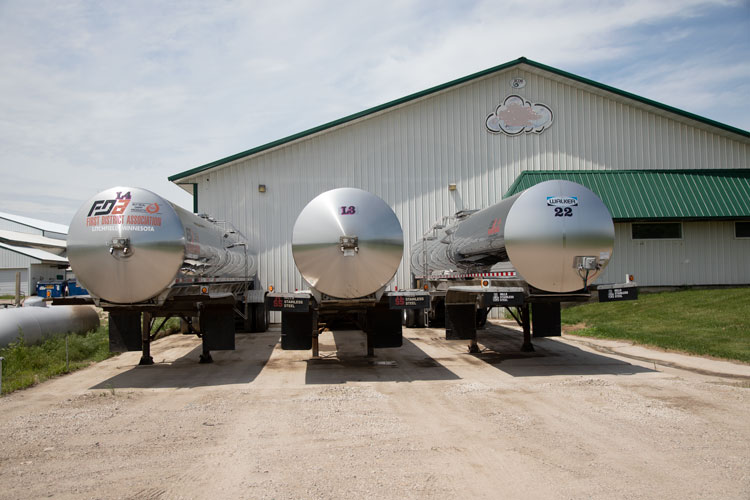
When it comes to positive tanker loads of milk for antibiotic residues, dairy farmers collectively reached a new threshold for quality control.
In 2019, only 327 loads out of 3,572,766 tanker loads of milk tested positive for antibiotic residues. Yes, a mere 327 loads out of nearly 3.6 million bulk milk pickup tanker samples were positive for antibiotic residues. That’s 0.009%. Data for this report comes from the National Milk Drug Residue Database.
Most consumers would naturally ask a follow-up question, “What happened to those 327 positive tanker loads of milk?”
Every load of milk delivered to dairy processing plants is tested for antibiotics. Any load that tests positive above the tolerance level for drug residues is immediately discarded. It never enters the human food chain . . . “rejected for human consumption” . . . in vernacular of the Food and Drug Administration (FDA).
These tests involve Beta-Lactam antibiotics such as penicillin, ampicillin, and ceftiofur, just to name a few. Most recently, sulfonamides and tetracyclines were added to the list.
What does that all mean for the consumer?
That means every glass of milk, every slice of cheese, and all dairy products have been tested for the aforementioned antibiotics, and officials have deemed the milk in those dairy products safe for human consumption. This applies to both conventional and organic milk.
To further document that extra effort dairy producers are making these days to deliver a safe supply of milk, annual data from the National Milk Drug Residue Database depicts either declining or stable numbers. (Click here to download the graph of the data).








